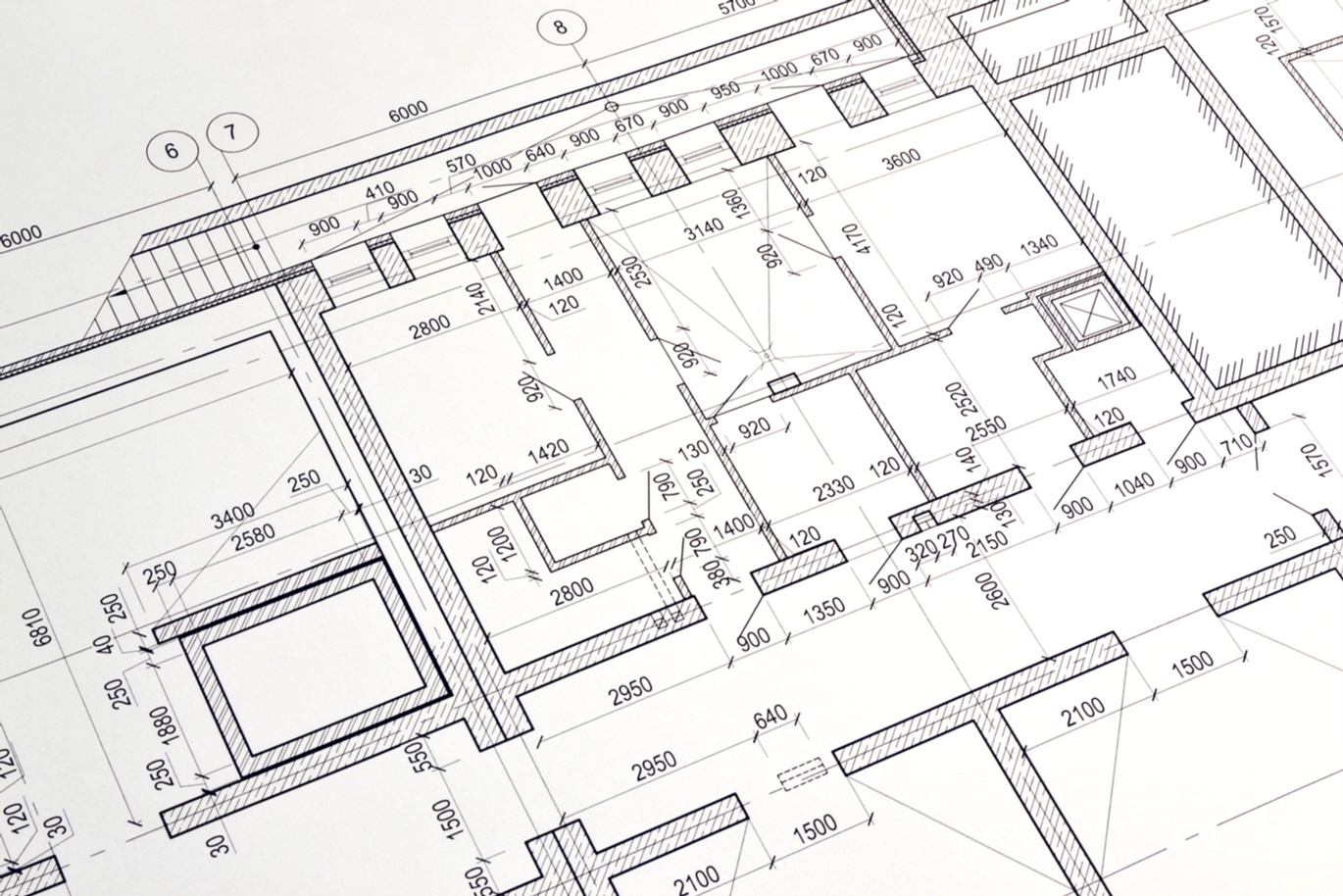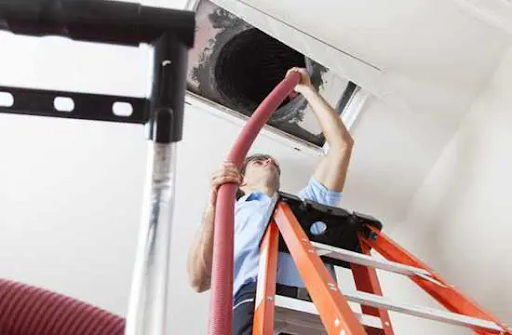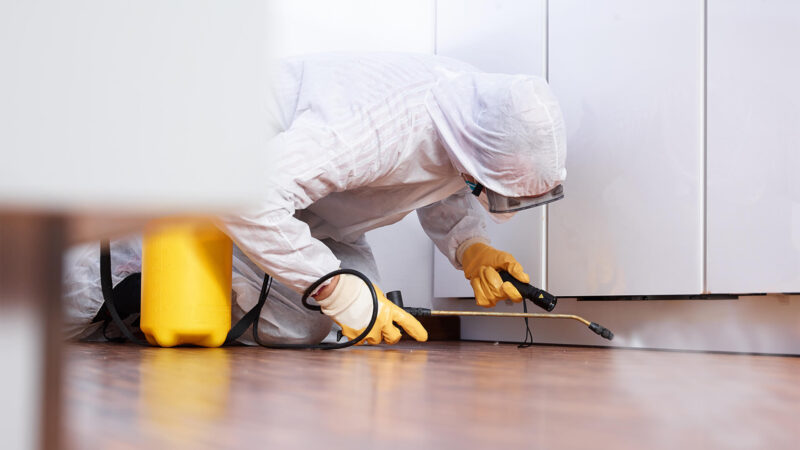4 Ways to Ensure Your Home Passes a Measured Building Survey:

Measured Building Survey:
When planning renovations, extensions, or even selling a property, accuracy is everything. That’s where a Measured Building Survey London becomes essential. This survey involves taking precise measurements of a property and producing detailed drawings that architects, engineers, and planners use for further projects. Because of its importance, homeowners often wonder how to make sure their property “passes” the survey process smoothly without unnecessary delays or mistakes.
The good news is that a measured building survey is not a pass-or-fail test in the traditional sense. Instead, it is about ensuring that the surveyors can gather the most accurate information possible without obstacles or complications. By preparing your home properly, you can avoid re-visits, reduce costs, and speed up the overall project timeline.
Declutter and Provide Clear Access
One of the most practical yet often overlooked steps in preparing for a survey is decluttering the property. Surveyors rely on laser scanning equipment, tripods, and manual measuring tools that need unobstructed access to walls, floors, ceilings, and external boundaries. If your rooms are overcrowded with furniture, boxes, or personal belongings, it can prevent the surveyor from gathering precise data.
To prepare effectively:
- Move large furniture items slightly away from walls to create space for laser scanners.
- Clear doorways, hallways, and staircases so surveyors can move easily between rooms.
- Provide access to less frequently used areas like lofts, basements, storage sheds, and garages.
Think of it as creating a blank canvas for the surveyor to work with. A home free of physical obstructions allows measurements to be taken faster and with greater accuracy. It may take you a day or two to declutter, but it saves potential delays where surveyors might otherwise have to return.
Address Minor Structural and Safety Issues
A measured building survey aims to record your home’s existing condition, but visible defects such as cracks, broken floorboards, or damaged ceilings can complicate the process. These issues may not prevent the survey, but they can make it more time-consuming and less accurate.
For example, uneven floors can distort laser readings, while large cracks may raise concerns about measurement consistency. Surveyors are not structural engineers, but they still need stable and safe surfaces to work around.
Before the survey:
- Seal visible cracks or patch damaged plasterwork.
- Replace broken tiles or uneven flooring that could hinder accurate measurements.
- Check ceilings and loft access points for stability and ensure they can be safely entered.
These fixes do not have to be full renovations—just enough to ensure a safe and accurate environment for surveyors to carry out their work. It also demonstrates that you are proactive about the condition of your property, which can reflect positively in later planning applications or construction approvals.
Gather and Share Existing Documentation
Although a measured building survey is an independent process, existing property records can make the job smoother and more reliable. Documents like old floor plans, records of extensions, or planning permissions provide useful context for the surveyor. They allow them to cross-check dimensions and understand changes that may have been made to the property over time.
What to prepare:
- Original building plans, if available.
- Records of previous extensions or renovations.
- Legal documents showing boundary lines or property ownership.
By sharing these with the surveyor in advance, you reduce the risk of misunderstandings and give them a clearer idea of what they should focus on. It can also save time if certain areas of the property have unusual structures or modifications.
Ensure External and Hard-to-Reach Areas Are Accessible
A measured building survey encompasses not only internal rooms but also external elevations, boundaries, roofs, and occasionally, gardens or adjoining structures. Many homeowners forget to prepare these spaces, which can cause unnecessary delays.
For external surveys:
- Trim overgrown trees, bushes, or hedges that block access to walls and fences.
- Ensure gates, garages, and sheds are unlocked.
- Provide safe access to roof areas if they are part of the survey scope.
External access is just as critical as internal preparation. For instance, if a boundary wall is hidden behind dense vegetation, the surveyor may not capture its true dimensions, leading to errors that could affect renovation or extension plans. Spending a little time clearing outdoor spaces ensures complete and accurate results.
Final Thoughts:
A Measured Survey Brighton is not something you need to fear. It is a supportive process that helps you achieve accuracy in your property plans. Still, preparation makes all the difference between a smooth experience and one filled with delays.
Ultimately, the survey is about creating a reliable foundation for your property’s future projects. With the right preparation, your home will not only pass the survey smoothly but also set you on the right track for extensions, renovations, or sales with full confidence.



